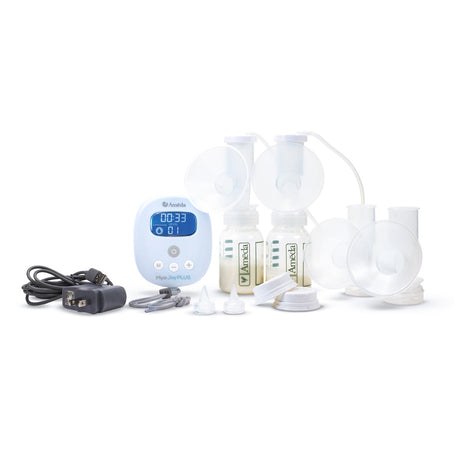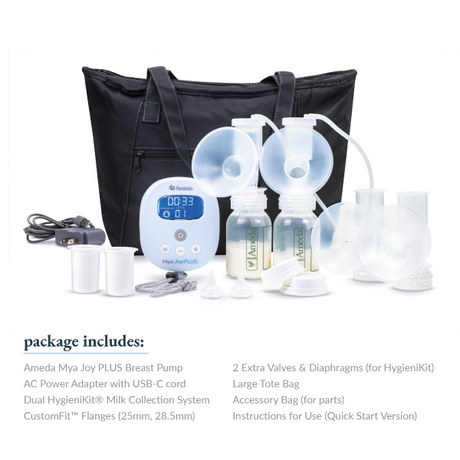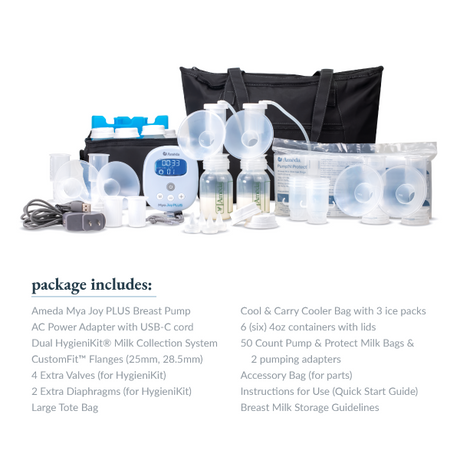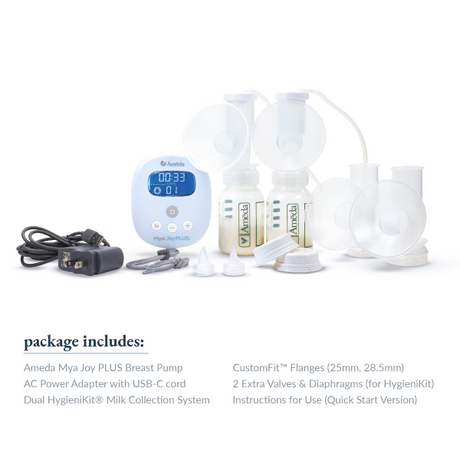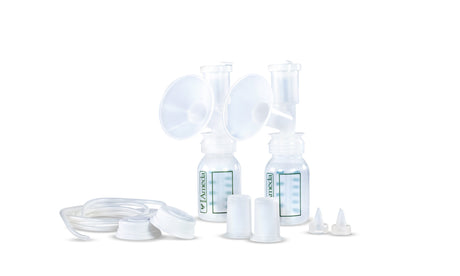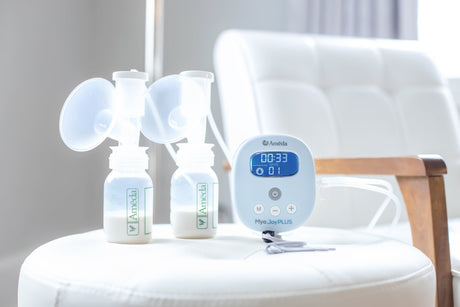Published:
A woman’s breasts start getting ready to make milk when she becomes pregnant. Breast changes are caused by four main hormones. These hormones cause the ducts and glandular tissue (alveoli) to grow and increase in size (see the anatomy of breastfeeding in the image to the left). Your breasts start to make the first milk, colostrum, in the second trimester. Colostrum is thick and clear to yellow in color. Once your baby and the placenta are delivered, your body starts to make more milk. Over the next few days, the amount of milk your breasts make will increase and the color will change to appear more watery and white.
Hormones of Lactation
The complex physiology of breastfeeding includes a delicate balance of hormones. There are four hormones that help your breasts make milk: estrogen, progesterone, prolactin, and oxytocin. Your body naturally knows how to adjust the level of these hormones to help your breasts make milk, as seen in the drawing.

Estrogen and progesterone prepare your breasts to make milk. These hormones are released by the placenta during pregnancy. They have two major roles. They increase the size and number of milk ducts in your breasts. They also keep your body from making large amounts of breast milk until after your baby is born. Once your baby is born and the placenta is delivered, these hormones decrease. This decrease signals your body that it is time to make milk.
Prolactin helps your breasts make milk. After the birth of your baby, prolactin levels increase. Every time you breastfeed or pump, your body releases prolactin. With each release, your body makes and stores more milk in the breast alveoli. If the level of this hormone gets too low, your milk supply will decrease. This is why it is important to breastfeed or pump right after delivery and then at regular time frames.
Oxytocin releases milk from your breasts. When your baby (or breast pump) begins to suck and draw your nipple into her mouth, this hormone is released. This release causes milk to be squeezed out of the alveoli, into the ducts and out of your nipple, into your baby’s mouth. This process is called letdown or milk ejection reflex (MER).

This is general information and does not replace the advice of your healthcare provider. If you have a problem you cannot solve quickly, seek help right away. Every baby is different. If in doubt, contact your physician or healthcare provider.


